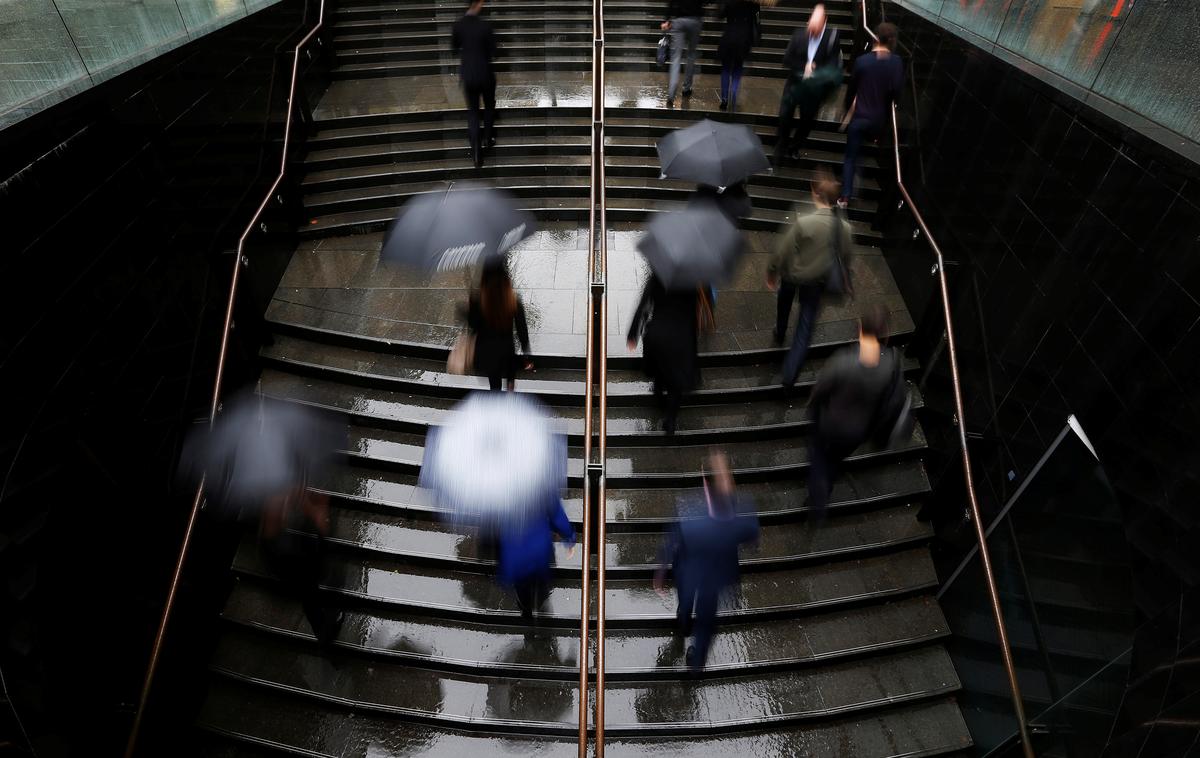
SYDNEY (Reuters) – Australian businesses reported a decent increase in profits for the first three months of the year, supported by surging iron ore prices while higher wages and inventories may have also helped prop up momentum in the slowing economy.
Data from the Australian Bureau of Statistics (ABS) showed first-quarter gross company profits climbed 1.7% while business inventories surprisingly rose 0.7% when economists were expecting a flat outcome.
The wages bill was also robust, gaining 1.1% in the quarter – almost double the employment growth in the period, an indication of the rapid job creation lately.
“So on balance, we’re lifting our GDP forecast from 0.4% to 0.6%,” Citi economist Josh Williamson said.
First-quarter gross domestic product (GDP) data is due on Wednesday.
A stronger number will be welcomed by the Reserve Bank of Australia (RBA), although it is still tipped to cut the benchmark cash rate to an all-time low of 1.25% on Tuesday to revive demand in the economy.
The median forecast in a Reuters poll of analysts showed GDP likely grew a pedestrian 0.4% last quarter while the annual pace slowed to 1.7%, the weakest since the global financial crisis.
“The prospect of stronger Q1 GDP…could even keep the RBA’s 1.75% June (annual) GDP growth estimate within reach. This could dent market expectations for more than 50 basis points of cuts (this year),” Williamson added.
National Australia Bank economists also see upside risks to their 0.4% forecast as a result of Monday’s data.
But not everyone was so optimistic. The increase in gross profits, which undershot expectations, was almost entirely led by miners with non-mining profits excluding finance ticking up a meager 0.2%.
More so, “rising inventories and disappointing sales are not a good combination for the outlook,” ANZ said in a note. “Together these numbers suggest some downside risk to our forecast for a (quarterly) rise of 0.6%.”
THREE TIMES?
A slowing economy and tepid inflation have led financial markets to fully price in two rate cuts this year, including one on Tuesday, and a 50-50 chance of a third move to 0.75% by Christmas.
In contrast to seemingly upbeat first-quarter figures, a batch of monthly indicators also out on Monday showed an economy that is losing traction.
One of the biggest areas of concern is a slowdown in Australia’s property market. Home prices slid 7.3% in May, from a year ago, a report from consultancy CoreLogic on showed on Monday, having fallen consistently since late-2017.
The losses have hurt household wealth given the housing stock is valued at A$6.8 trillion ($4.83 trillion), or almost four times Australia’s annual economic output.
“The housing downturn will remain a drag on the economy throughout 2019 and into 2020,” said Ben Udy, a Singapore-based economist at Capital Economics, who expects prices to reach their trough by year-end.
“To combat that economic slowdown we think the RBA will need to cut rates three times this year, starting at its meeting tomorrow.”
Policymakers are holding out hope for the job market to stay strong but an indicator of labor market demand out on Monday pointed to a loss in momentum.
ANZ job advertisements slumped 8.4% in May from April, their biggest monthly decline in more than nine years.
That follows official figures that showed the unemployment rate hit an eight-month high of 5.2% in April from a decade low of 4.9% just in February.
However, ANZ’s head of Australian economics took comfort from a pick-up in advertisements in the last week of May, following a national election in which the business-friendly coalition stayed in power.
“If the last week of May is indicative, then job ads will rebound strongly in June,” said ANZ’s David Plank.
 0 comments
0 comments





